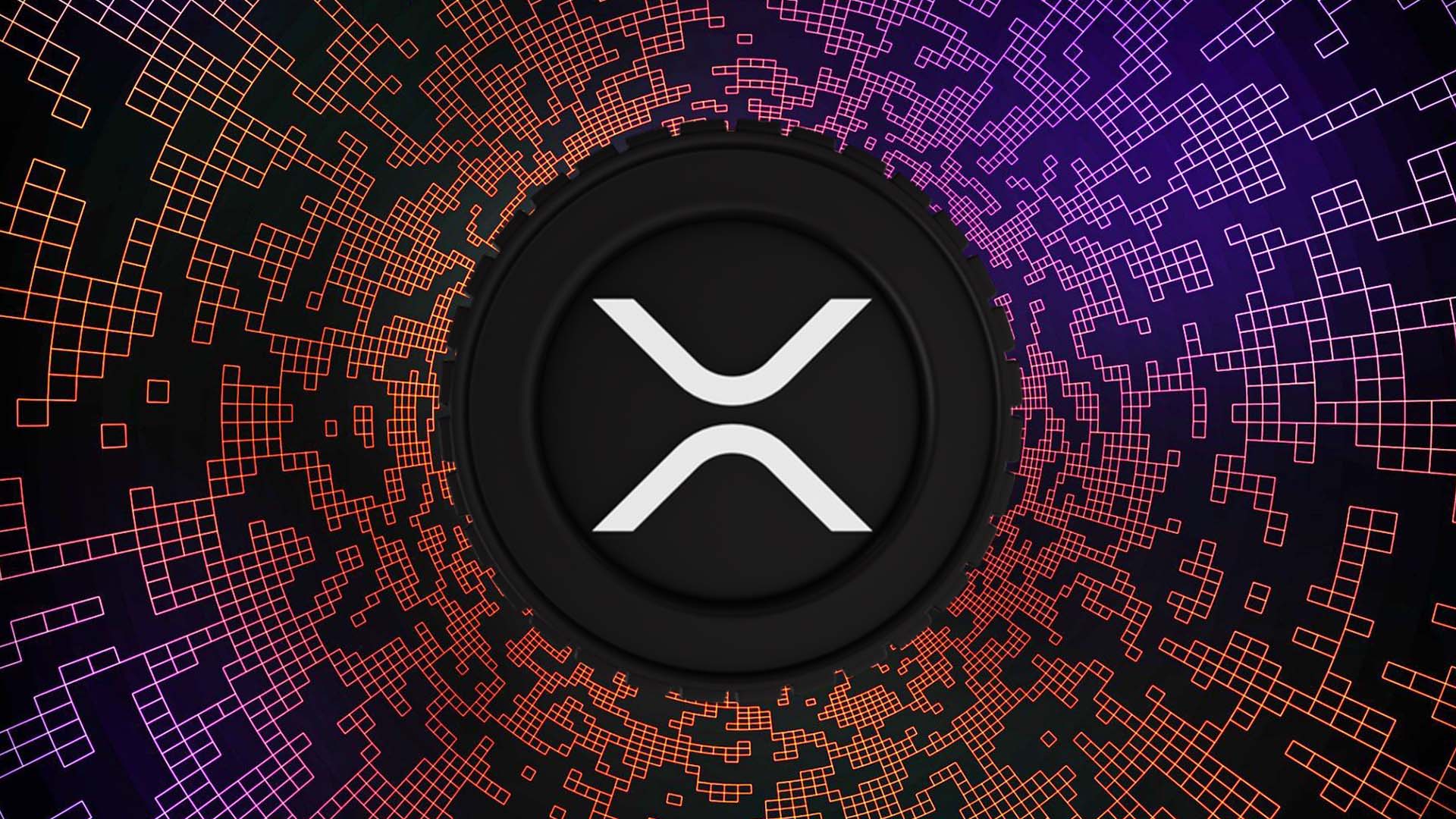The XRP Ledger (XRPL) activated a groundbreaking feature: the Decentralized Identifier (DID) amendment, or XLS-40, marking a major milestone in blockchain-based identity management. This update allows XRPL users to create decentralized, self-sovereign digital identities, advancing XRPL as a leader in secure, user-controlled identity solutions.
What Are Decentralized Identifiers (DIDs)?
Decentralized Identifiers (DIDs) are unique identifiers that allow users to manage their identities without relying on centralized authorities. Aligned with the World Wide Web Consortium (W3C) standards, these DIDs offer a persistent, blockchain-compatible identity solution with global resolution capabilities. According to Mayukha Vadari, one of the developers behind XRPL’s DID standard, DIDs on XRPL function like a “digital fingerprint,” ensuring a unique, verifiable identity for each user.
Each DID links to a DID document, which holds cryptographic keys, verification methods, and service endpoints, creating a mutually verifiable link that safeguards against forgery. This two-way verification strengthens identity security, giving users control over their information.
Verifiable Credentials – Building Trust in Decentralized Identity
The XRPL ecosystem’s DID solution takes identity management a step further with Verifiable Credentials (VCs). VCs are cryptographically secure credentials issued by trusted entities, allowing users to validate identity without compromising privacy. VCs provide tamper-evident proof that can facilitate secure interactions, such as verifying voter identity during elections, as Vadari mentioned in a recent Twitter discussion. VCs on XRPL also unlock applications for Know Your Customer (KYC) and Anti-Money Laundering (AML) compliance, decentralized finance (DeFi) access, and safe digital transactions, ultimately giving XRPL a versatile role in digital identity management.
Ripple CTO David Schwartz Reaffirms XRP’s Role in Security
Ripple CTO David Schwartz recently emphasized XRP’s critical role in securing the XRPL. As a scarce asset, XRP is required to fund transaction fees, deterring spam attacks that could overwhelm the network. Schwartz’s statement underscores XRP’s integral position within XRPL, reassuring holders that XRP remains essential even as Ripple develops new assets like the stablecoin Ripple USD (RLUSD). Contrary to concerns about RLUSD potentially lowering XRP demand, Schwartz clarified that the stablecoin is designed to complement rather than replace XRP.
“For a public ledger to resist spam attacks, you need something scarce to fund transactions,” Schwartz noted. “Unless rules change, nothing can move on XRPL without XRP.”
Also Read: Ripple’s RLUSD Stablecoin Set For Year-End Launch – $47.4M Minted Across XRPL & Ethereum
The DID amendment opens doors for broader adoption of XRPL within Web3. As decentralized identity solutions gain traction, XRPL’s DID technology can streamline identity verification for DeFi platforms, secure online transactions, and even enable digital document signing, aligning with a rising industry focus on privacy and personal data control.
With the DID activation, XRPL now offers a viable alternative to centralized identity solutions, positioning itself as a competitive platform for Web3 projects that prioritize user autonomy. By adopting this self-sovereign identity standard, XRPL can attract more users and projects interested in privacy-focused blockchain solutions, marking a new era for XRPL in digital identity and user engagement.
Disclaimer: The information in this article is for general purposes only and does not constitute financial advice. The author’s views are personal and may not reflect the views of Chain Affairs. Before making any investment decisions, you should always conduct your own research. Chain Affairs is not responsible for any financial losses.



